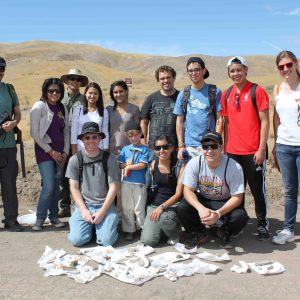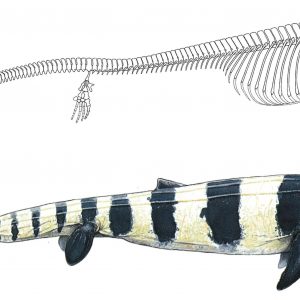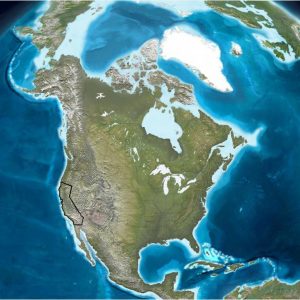It’s been a couple months since my last post (I got my last alert while I was on Christmas vacation) and work is progressing smoothly in the state office. I am still absorbed in my native pollinator project, though the exact project goals and findings are starting to solidify. For those of you who haven’t been keeping track, I’ve been conducting an in-depth literature review trying to determine what is known about pollinators in Colorado, specifically how far they can fly and how far they are likely to fly between their nests and the plants they forage at. The reason I’m doing this relates back to rare and endangered plants. When protecting a plant population, it is imperative that you take this plant’s pollinators into account. If you only protect the plants themselves, and bulldoze everything around them, it’s unlikely that enough bees will survive to keep pollinating the plants and maintaining the population. This is pretty intuitive. What’s not so obvious is how much habitat you should protect around the plant population, which is where my research fits in.
When it comes down to it, these “buffer” distances are also affected by politics. The Fish and Wildlife Service’s mission is to “conserve, protect, and enhance fish, wildlife, plants, and their habitats,” (mission statement on their website) which means that they are in charge of listing species under the ESA and then protecting them as well as they can. In turn, it is in their best interest to leave lots and lots of space around plant populations for pollinator habitat. Their estimates are based on science, but when there is not very much information available, it is best for the FWS to err on the side of more protection, and thus bigger buffer distances. The BLM, on the other hand, has a multi-use mandate. While it is important to (and required of) the Bureau to adequately protect endangered and threatened species, it is also part of our job to lease land to energy development and grazing interests. When large buffers are placed around plant populations, it significantly increases the amount of work that these interests must do in the form of surveys and protective measures, a fact that they’re not always happy about. So, it comes back to balance. We need to protect these species, but we don’t want to regulate these development companies out of business. Not only do they provide domestic energy and jobs, they also pay the government a lot of money for this privilege, helping to make the BLM a profitable government agency year after year.
My job in all this is to ferret out the data that matters. Rather than reading the key reviews and drawing conclusions from them, erring on the side of protection when the data doesn’t apply directly, I’m digging in deep to try to really figure out what kind of protection is needed and warranted by the literature. Throughout this process it’s important to remember that I’m not trying to necessarily do what’s best for the development interests, but rather really just trying to find the facts. The project is interesting, and with hundreds of papers available that don’t ask my questions directly but rather offer glancing insights, I have my work cut out for me. I’ll keep you all updated as I draw closer to a conclusion.
Sama Winder
BLM Colorado State Office




















 Quickly, however, PHP won me over. The chaparral doesn’t have jaw-dropping mountain vistas or the grand splendor of coastal redwoods, but it does offer a quiet, more dignified beauty to those willing to look beyond it’s rough and often spiney exterior. Hidden among shopping centers and private homes lies a biological wonderland. Over 740 distinct plant species grow here–that’s 10% of California’s total native plant biodiversity in a tiny fraction of the state! Visiting PHP may include a leisurely hike along the interpretative trail, attending a naturalist-led bird & botany tour, or simply enjoying a moment alone along the S. Fork American River.
Quickly, however, PHP won me over. The chaparral doesn’t have jaw-dropping mountain vistas or the grand splendor of coastal redwoods, but it does offer a quiet, more dignified beauty to those willing to look beyond it’s rough and often spiney exterior. Hidden among shopping centers and private homes lies a biological wonderland. Over 740 distinct plant species grow here–that’s 10% of California’s total native plant biodiversity in a tiny fraction of the state! Visiting PHP may include a leisurely hike along the interpretative trail, attending a naturalist-led bird & botany tour, or simply enjoying a moment alone along the S. Fork American River.